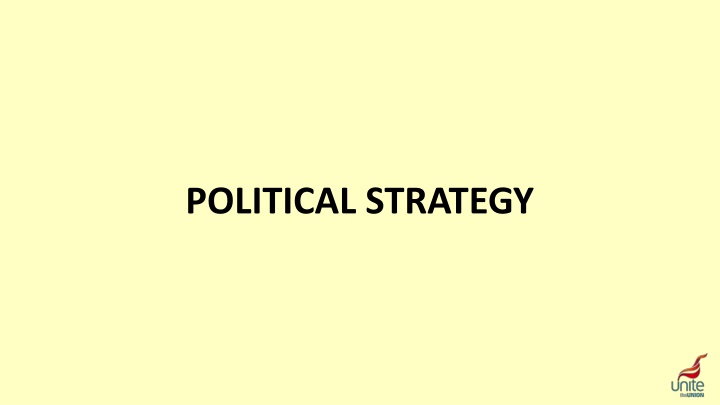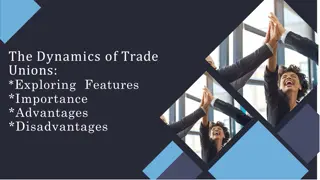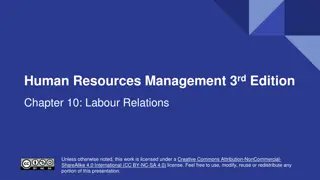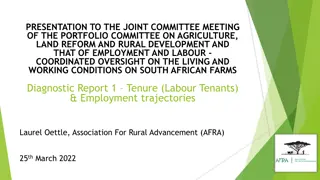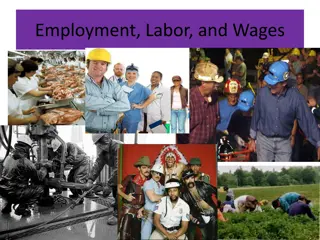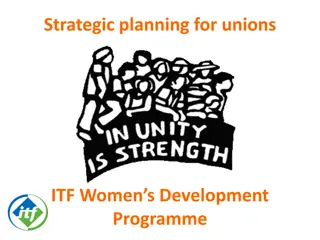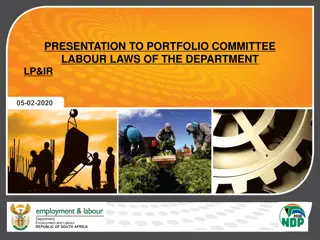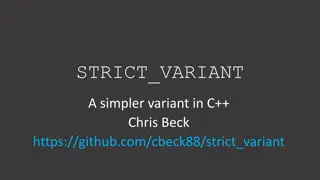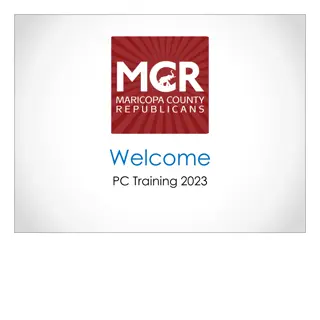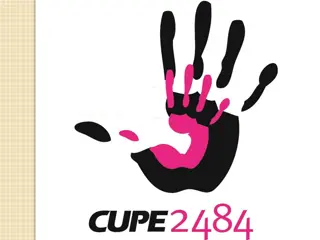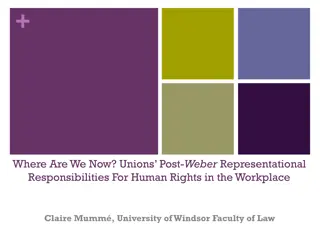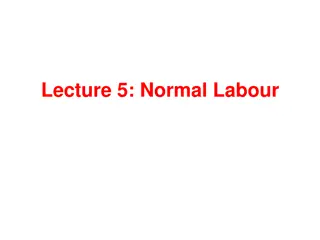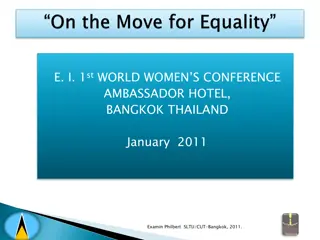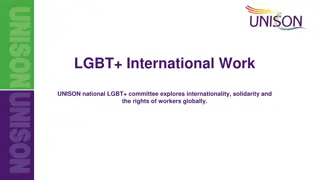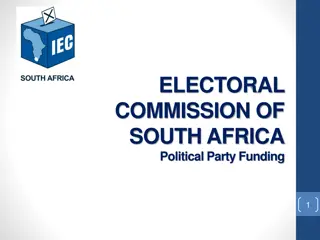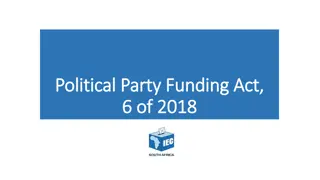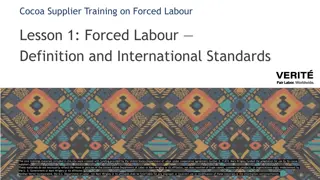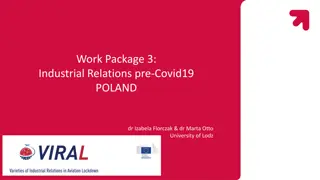Evolution of Trade Unions and the Labour Party: A Political Strategy Overview
The need for a Labour Party arose in the late 19th century as trade unions sought representation and protection against employers. This led to the formation of the Labour Representation Committee in 1900, evolving into the Labour Party. Over the years, a political strategy has been vital to ensure working people's interests are heard and to build alliances for governance in the 21st century.
Download Presentation

Please find below an Image/Link to download the presentation.
The content on the website is provided AS IS for your information and personal use only. It may not be sold, licensed, or shared on other websites without obtaining consent from the author.If you encounter any issues during the download, it is possible that the publisher has removed the file from their server.
You are allowed to download the files provided on this website for personal or commercial use, subject to the condition that they are used lawfully. All files are the property of their respective owners.
The content on the website is provided AS IS for your information and personal use only. It may not be sold, licensed, or shared on other websites without obtaining consent from the author.
E N D
Presentation Transcript
Trade Unions and the Labour Party - origins What brought the need for a Labour Party? 1870 - unions and craft groups had secured immunities from legal action being taken against them by employers for restraint of trade and criminal conspiracy if they undertook industrial action 1880 s onwards - unions have become stronger and seek improvements, employers react by pressing for control to curb union militancy 1899 - proposal raised by Doncaster railwaymen that calls for a special TUC conference for left wing organisations to come together to sponsor Labour Parliamentary candidates 1900 Keir Hardie proposes a motion at this conference "a distinct Labour group in Parliament, promoting legislation in the direct interests of labour.
Trade Unions and the Labour Party 1900 the motion leads to the forming of the Labour Representation Committee 1900 election, the LRC field 15 candidates; Keir Hardie and Richard Bell elected 1901 Taff Vale and Quinn judgements effectively make strikes, secondary picketing and closed shops illegal boosting LRC support. These cases put trade union rights back to similar status as pre-1870 1906 election -a LRC / Liberal pact brings a landslide Liberal Government and secures 29 seats for the LRC in Parliament. 1906 at the first meeting of these MP s, they adopt the name of the Labour Party with Keir Hardie as their Chair (effectively, the Labour Party s first leader)
So why have a political strategy? The labour movement has had political representation for over a century A great deal has changed from those early years Unite identified concern that the trade union voice that Keir Hardie talked of was not being heard In 2011, the Executive Committee adopted a new Political strategy
What are the aims of the strategy? Winning Labour for working people Winning working people for Labour Building a broad alliance to defeat the Tories and their policies halting the privatisation of public services and ending the programme of austerity Winning a Labour Government which will govern in the interests of working people and towards a socialism for the 21st century
How will we do this? Increasing the number of trade union supported MP s being selected to contest seats and therefore changing the make-up of the Parliamentary Labour Party. Countering strategists with a right wing bias by forming the Centre for Labour and Social Studies (CLaSS) from other unions, MP s and interested parties to help shape a renewed socialist agenda for the 21st century. Reinvigorating political action and work that has relied too much on top level contacts, by embracing members in all parts of Unite to exert influence and change in the Party.
Changing policy and representation 3 key strategies; Advancing our agreed policy agenda through all structures of the Party, whilst - ensuring that the link between Labour and the trade unions is developed and reinforced and efforts to diminish or distance the link are rebutted Working with other affiliated unions to secure the adoption of trade union or union-friendly candidates particularly in winnable seats. Increasing our members involvement and participation in local Labour parties.
Policy formation 5 aims; Ensure we have the best candidates to represent us on the National Policy Forum Co-ordinate the work of our NEC members Engage in a planned way in the policy review groups Ensure we become the originators of papers and policies rather than being just commentators on bad policies and ideas Build alliances with other affiliates, community organisations, CLP s and appropriate pressure groups to win specific policies
Future Candidates Programme Developing candidates for office; Identifying those activists who have the potential, supported by Unite, to be Labour candidates at all levels The programme will involve training, mentoring and engaging in national initiatives Working co-operatively with other unions (and vice-versa) to find the best candidates and supporting them Only by addressing the imbalance in the make up of our MP s and councillors will we begin to reassert the voice of working people in creating and a changing policies and legislation
Getting the message out We will use the organisation that we have in each workplace to raise the profile and importance of political engagement Utilise the network of Community members and branches Run national and regional Political Weekend courses Develop and sustain a Unite councillors network Raising the profile of politics and our Political Strategy across all of our education programmes
